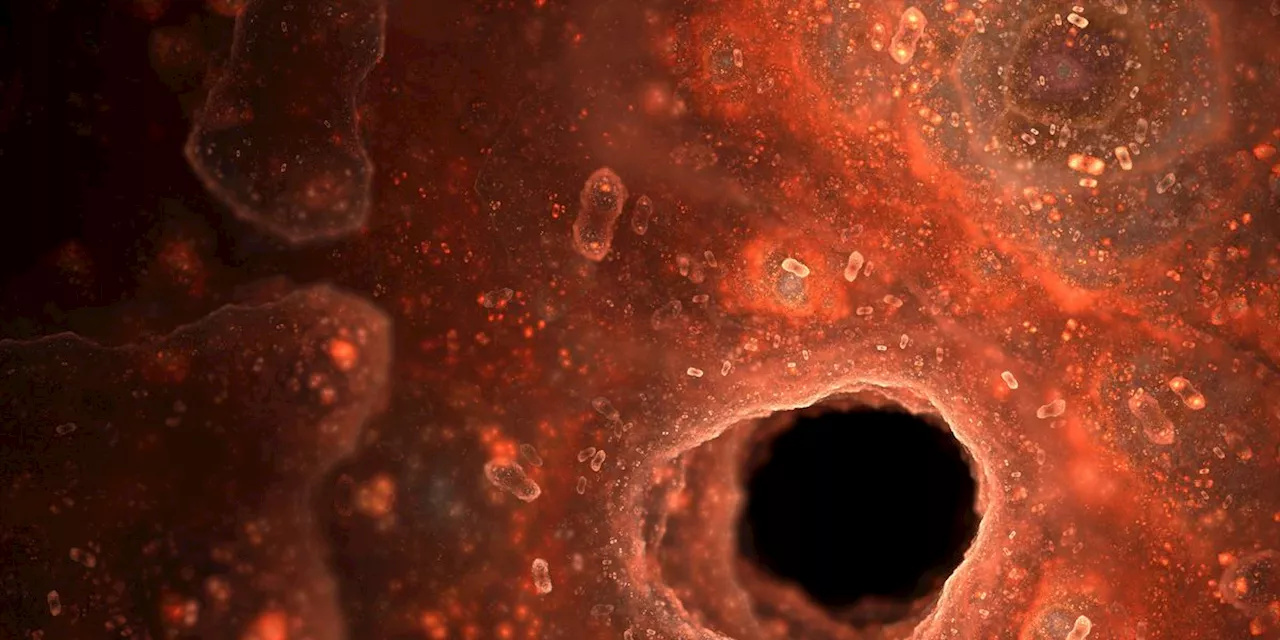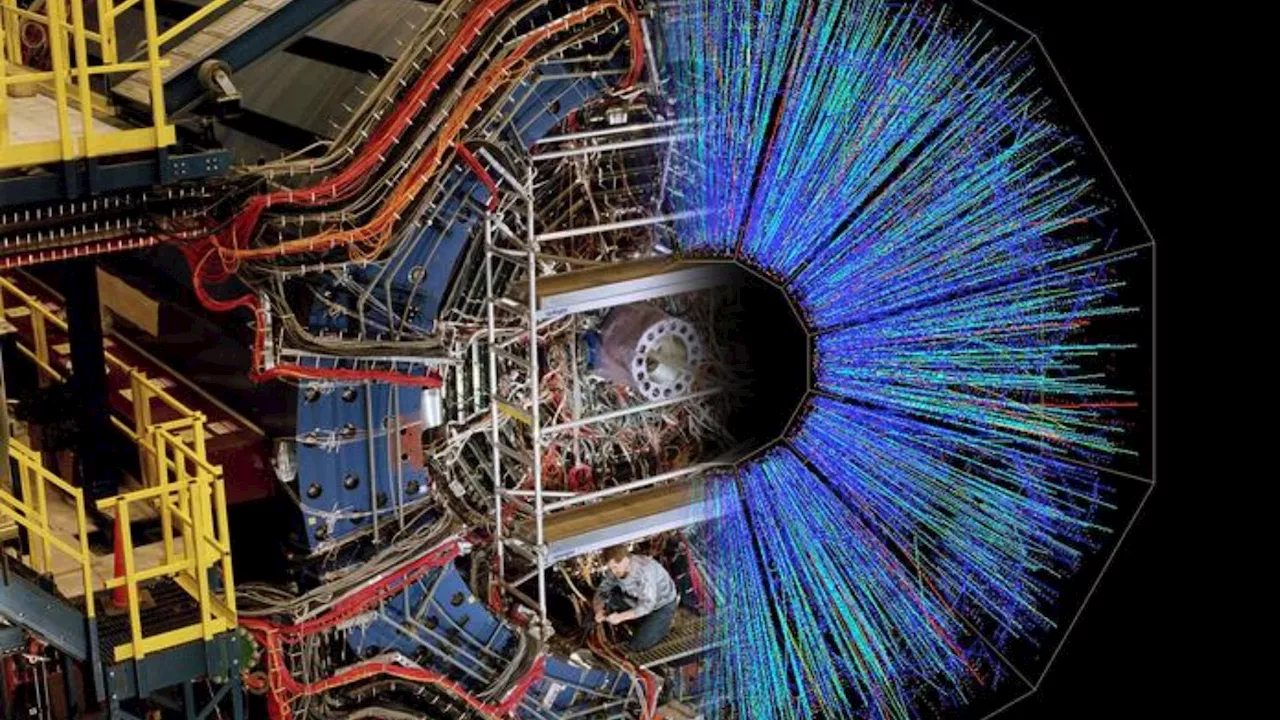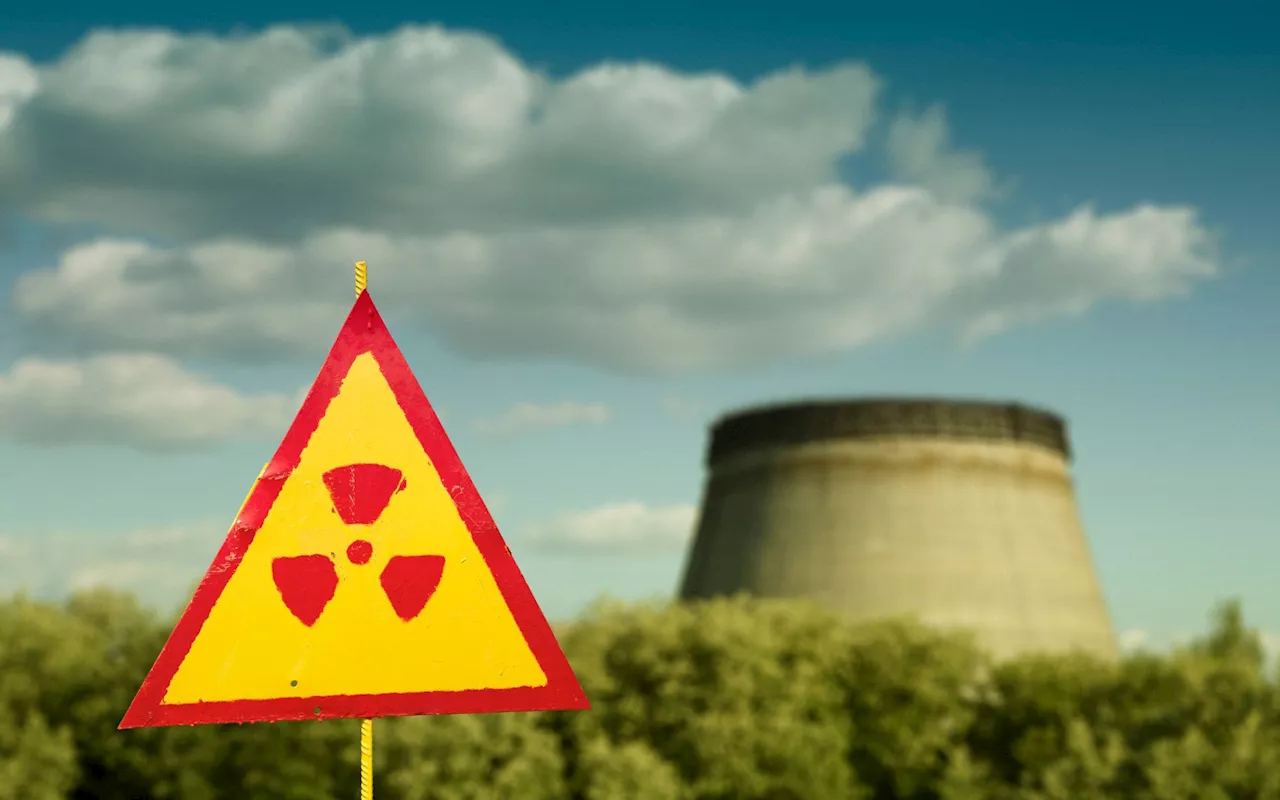Science, Space and Technology News 2024
The 1986 Chornobyl disaster created a highly radioactive environment, yet recent research by NYU scientists reveals that nematodes in the region show no genomic damage from chronic radiation, suggesting their remarkable resilience. While some animals in the Chornobyl Exclusion Zone exhibit physical and genetic differences, this study emphasizes the complexity of understanding radiation’s effects on local wildlife and raises questions about natural resistance to ionizing radiation.
To dig into this, Tintori and her colleagues turned to nematodes, tiny worms with simple genomes and rapid reproduction, which makes them particularly useful for understanding basic biological phenomena. NYU researcher Sophia Tintori measures the radiation in the Chornobyl exclusion zone, where the researchers gathered worms from organic matter including rotting fruit. Credit: Matthew RockmanIn collaboration with scientists in Ukraine and U.S.
After collecting samples in the field, the team brought them to Mousseau’s field lab in a former residential home in Chornobyl, where they separated hundreds of nematodes from the soil or fruit. From there, they headed to a Kyiv hotel where, using travel microscopes, they isolated and established cultures from each worm.
The researchers were surprised to find that, using several different analyses, they could not detect a signature of radiation damage on the genomes of the worms from Chernobyl. Wondering whether the lack of genetic signature was because the worms living in Chernobyl are unusually effective at protecting or repairing their DNA, the researchers designed a system to compare how quickly populations of worms grow and used it to measure how sensitive the descendants of each of the 20 genetically distinct worms were to different types of DNA damage.
Österreich Neuesten Nachrichten, Österreich Schlagzeilen
Similar News:Sie können auch ähnliche Nachrichten wie diese lesen, die wir aus anderen Nachrichtenquellen gesammelt haben.
 Scientists Discover Virus-Like 'Lifeforms' Inside Human BodiesStanford University researchers have found virus-like 'lifeforms' inside human mouths and guts that can transfer genetic information to cells. These tiny bits of RNA, called obelisks, colonize bacteria and their purpose is still unknown.
Scientists Discover Virus-Like 'Lifeforms' Inside Human BodiesStanford University researchers have found virus-like 'lifeforms' inside human mouths and guts that can transfer genetic information to cells. These tiny bits of RNA, called obelisks, colonize bacteria and their purpose is still unknown.
Weiterlesen »
 Scientists discover geothermal activity in icy dwarf planetsInteresting Engineering is a cutting edge, leading community designed for all lovers of engineering, technology and science.
Scientists discover geothermal activity in icy dwarf planetsInteresting Engineering is a cutting edge, leading community designed for all lovers of engineering, technology and science.
Weiterlesen »
 Scientists discover 240-million-year-old dinosaur that resembles a 'mythical Chinese dragon'A team of international scientists have unearthed a 240 million-year-old fossils from the Triassic period of China that one scientist described as a 'long and snake-like, mythical Chinese dragon.'
Scientists discover 240-million-year-old dinosaur that resembles a 'mythical Chinese dragon'A team of international scientists have unearthed a 240 million-year-old fossils from the Triassic period of China that one scientist described as a 'long and snake-like, mythical Chinese dragon.'
Weiterlesen »
 Scientists discover strongest known magnetic fields inside nuclear matterUnderstanding the fundamentals of QGP could help understand the formation of hadrons - protons and neutrons that make up atomic nuclei.
Scientists discover strongest known magnetic fields inside nuclear matterUnderstanding the fundamentals of QGP could help understand the formation of hadrons - protons and neutrons that make up atomic nuclei.
Weiterlesen »
 Scientists Discover Start of Rapid Retreat of Antarctica's 'Doomsday Glacier' in the 1940sScientists have looked back in time to reconstruct the past life of Antarctica’s “Doomsday Glacier” — nicknamed because its collapse could cause catastrophic sea level rise. They have discovered it started retreating rapidly in the 1940s, according to a new study that provides an alarming insight into future melting.
Scientists Discover Start of Rapid Retreat of Antarctica's 'Doomsday Glacier' in the 1940sScientists have looked back in time to reconstruct the past life of Antarctica’s “Doomsday Glacier” — nicknamed because its collapse could cause catastrophic sea level rise. They have discovered it started retreating rapidly in the 1940s, according to a new study that provides an alarming insight into future melting.
Weiterlesen »
 Scientists Discover Unconventional Method To Easily Improve Wine QualityScience, Space and Technology News 2024
Scientists Discover Unconventional Method To Easily Improve Wine QualityScience, Space and Technology News 2024
Weiterlesen »
